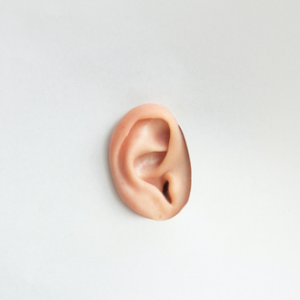
Active listening
Active listening is a crucial communication technique, particularly in emotionally charged situations like a breakup. It involves fully concentrating on what is being said, understanding the message, and responding thoughtfully.
Understanding and Implementing Active Listening
Active listening goes beyond just hearing words; it includes interpreting nonverbal cues such as body language and tone of voice. Developing this skill can significantly aid not only in your breakup process but also in improving your overall communication abilities.
Building Trust Through Active Listening
The act of actively listening to someone can foster a sense of validation and respect. When you listen attentively, it shows that you value the other person’s perspective, which can strengthen trust and deepen understanding – essential elements in any relationship, especially in its concluding phases.
Active Listening in Conflict Resolution
Active listening is also instrumental in resolving conflicts. By understanding each other’s viewpoints, it becomes easier to find mutually agreeable solutions. It prevents conflicts from escalating by ensuring that both parties feel heard and understood.
Active Listening as a Relationship Enhancer
Beyond conflict resolution, active listening nurtures relationships. Feeling heard and understood fosters intimacy, connection, and a supportive environment. It encourages open expression and strengthens the bonds between individuals.
Practical Tips for Active Listening
- Eliminate Distractions: Ensure that you’re fully present during the conversation. Turn off the TV, put away your phone, and maintain eye contact.
- Avoid Interrupting: Let the other person speak without interruptions. This shows respect for their thoughts and feelings.
- Empathy: Try to understand the conversation from their perspective. Empathize with their emotions and viewpoints.
- Ask Clarifying Questions: Show engagement in the conversation by asking questions. This helps in understanding their perspective better and reduces misunderstandings.
- Reflective Listening: Use techniques like summarizing or paraphrasing what the other person has said. This not only ensures you’ve understood them correctly but also makes them feel acknowledged.
Conclusion
Mastering active listening is a gradual process, but by applying these techniques, you can enhance communication during your breakup and in all your relationships.
Remember, by removing distractions, being present, empathetic, and engaging, you create a space for open and effective communication.
